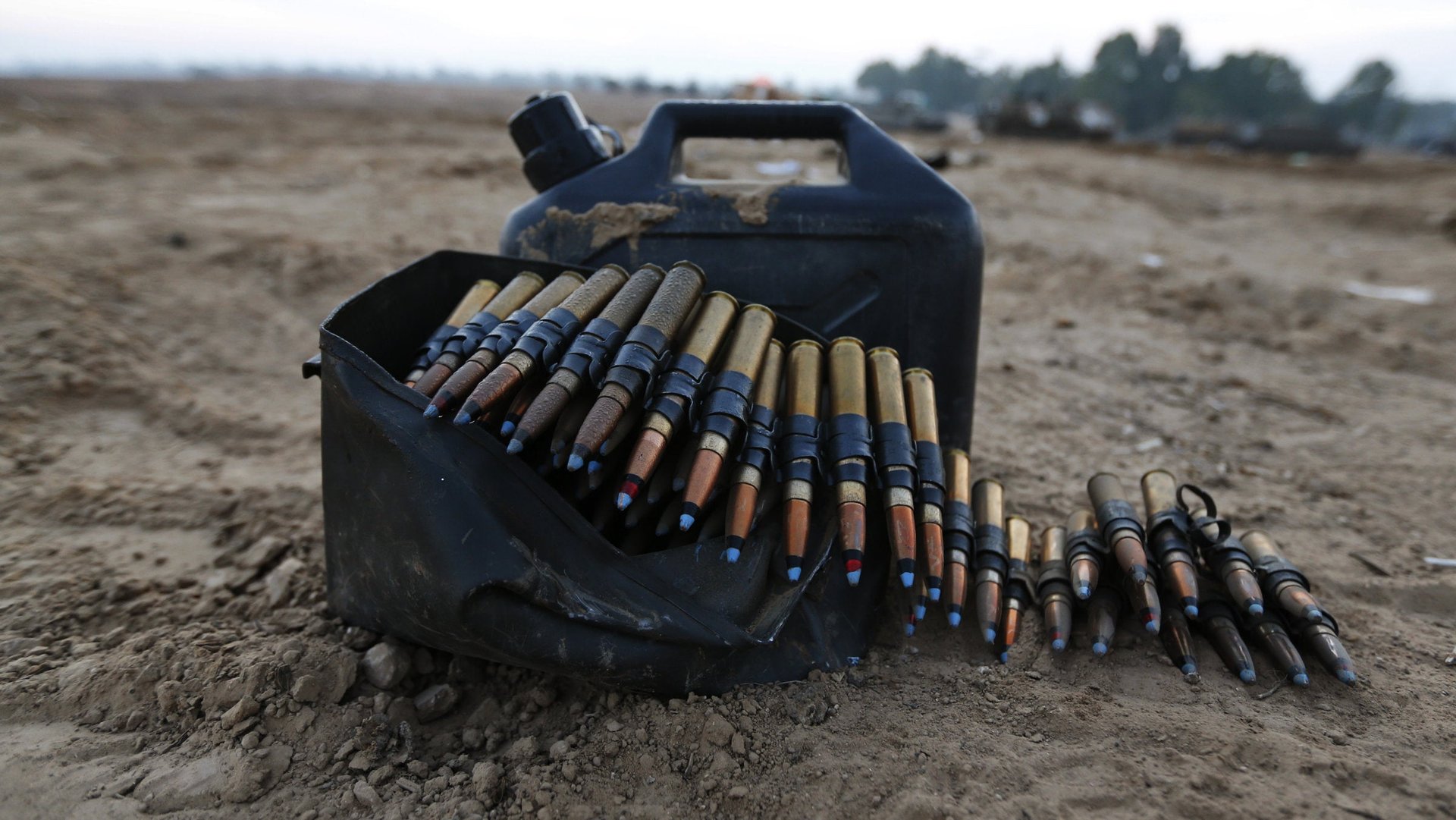In an age when 3D printers can make guns, it’s more important to regulate bullets
Defense Distributed hopes to create a shareable digital pattern that would allow anyone with a 3D printer to build his own gun. Download the pattern, send it to print, and within minutes you have a working firearm. No background check, no waiting period. While an initial test suggested that printed guns are still somewhat flimsy, this is an initial prototype that will be refined even as the adoption of 3D printers — the“Cube” is only $1299 – increases. “How do governments behave,” Defense Distributed asks, “if they must one day operate on the assumption that any and every citizen has near instant access to a firearm through the Internet?”


Defense Distributed hopes to create a shareable digital pattern that would allow anyone with a 3D printer to build his own gun. Download the pattern, send it to print, and within minutes you have a working firearm. No background check, no waiting period. While an initial test suggested that printed guns are still somewhat flimsy, this is an initial prototype that will be refined even as the adoption of 3D printers — the“Cube” is only $1299 – increases. “How do governments behave,” Defense Distributed asks, “if they must one day operate on the assumption that any and every citizen has near instant access to a firearm through the Internet?”
Within the United States, the question has already been asked and answered: it gives up on gun violence. It sees mass shootings and weapons-related deaths that dwarf every other country. The United States is so saturated with guns that seeking to control them is futile. People own and use guns made in the early 1800s; guns made last month are on sale in stores now. We have a centuries-old accumulation of armaments that shows no sign of evaporating.
But there are two things that are needed for a gun to work: the gun and the ammunition. Limiting guns may be hopeless. So why don’t we focus on the bullets?
People have made their own guns for a long time. A ZIP gun, a crude device used in prisons and by street gangs, can be cobbled together with only a little more effort than Defense Distributed’s plastic offering. A gun can be made from any number of common household objects. But making bullets is much, much trickier. A bullet needs much more specific consideration of materials and weight and requires something that is much harder to come by: a propellant. You can make your own gunpowder, of course, but refining the process to create effective munitions is as tricky as building a simple bomb. Doable, but dangerous.
Were the government to limit the amount of ammunition made and sold in the United States, there would still be an awful lot available. James Holmes bought 6,000 rounds online before his shooting spree in Aurora, Colorado. Bullets are so easy to come by that it’s clear that huge stockpiles exist throughout the country. But unlike guns, bullets are single use. You fire a bullet, you expend its propellant. While attempts to remove guns from the streets would either be incalculably slow or require heavy-handed, dangerous government action, curbing the ability to buy ammunition would mean a natural diminishment of the arsenal that remains. Every time a bullet is fired, that bullet is lost forever.
Perhaps the best argument in favor of limiting ammunition, though, is this. The mantra of firearms advocates is the Second Amendment to the Constitution, which reads:
A well regulated militia being necessary to the security of a free state, the right of the people to keep and bear arms shall not be infringed.
It doesn’t say a single thing about the right to own bullets. At the time of the adoption of the Constitution, bullets were largely inert slugs, loaded into flint-lock muskets propelled with loose gunpowder packed into the muzzle. There was no need to assure the right to ammunition, which may be the loophole the government needs to dramatically curtail the scourge of gun violence.
Bear all the arms you want. Make your own at home. Without a bullet to fire from it — or, at the very least, far, far fewer bullets — we can achieve what the Founding Fathers really sought: a stable, secure nation.
This originally appeared on The Atlantic. Also on our sister site:
The US already had a conversation about guns and the Pro side won